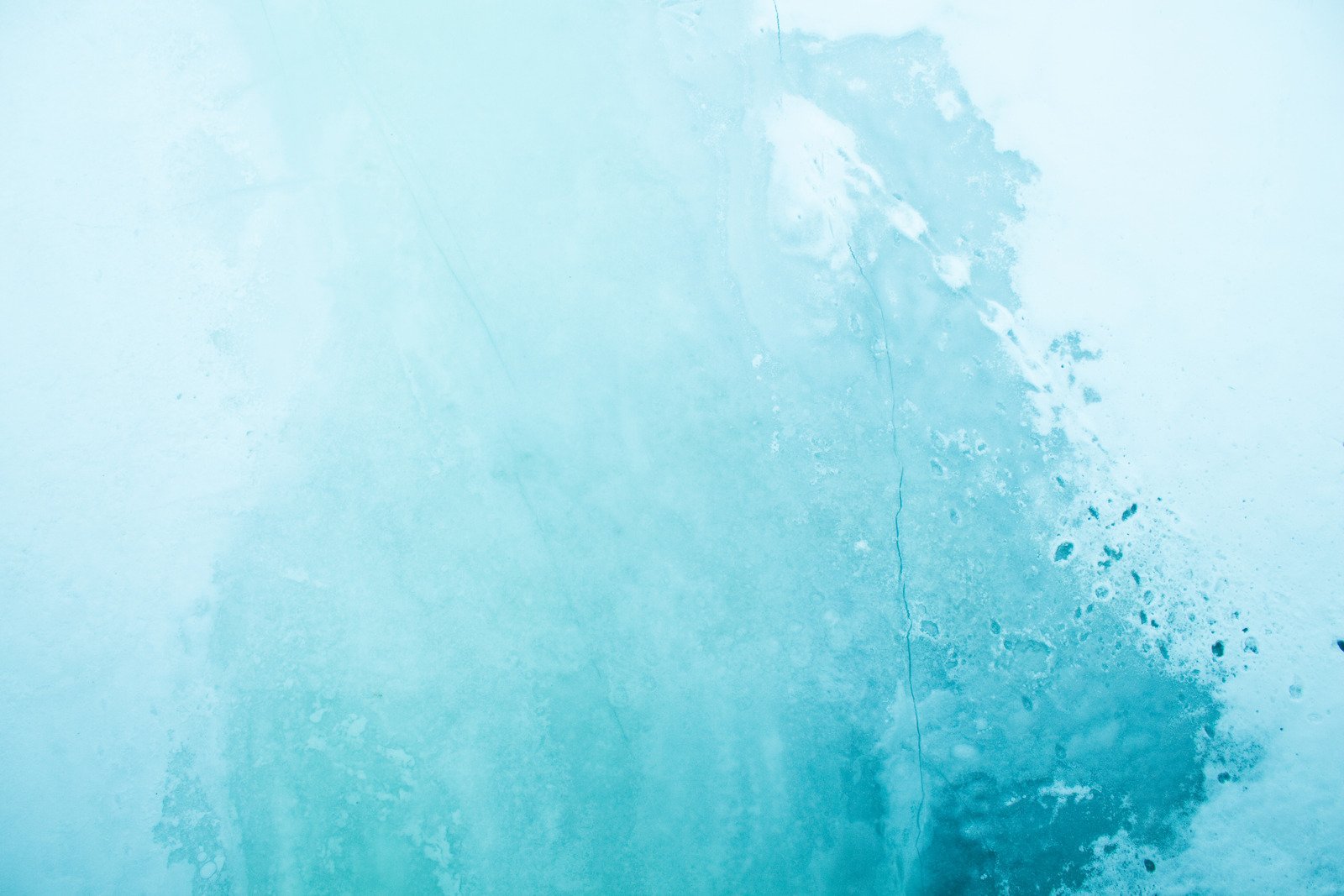Have you ever stepped back to admire your freshly painted walls, only to notice a rough, uneven texture? It’s frustrating—especially after all the time and effort you put in. The good news is, you’re not alone, and the reasons behind this issue are often easy to fix. From poor prep work to tricky weather conditions, there are a few key things that could be going wrong. Because having a beautiful interior home that compliments the natural landscaping of your exterior can greatly improve the value of your home.
Let’s break it down and learn how to get that smooth, professional finish you’re aiming for.
Key Takeaways
-
Skipping surface prep—like cleaning or priming—can prevent paint from sticking well, causing texture issues.
-
Cheap or low-quality paint can lead to streaks and patchy coverage.
-
Using the wrong tools or painting too quickly can result in roller marks and uneven layers.
-
Humidity and temperature changes can mess with drying time and cause streaks.
-
Not giving paint enough time to dry between coats can trap moisture and lead to a bumpy finish.
1. Inadequate Surface Preparation
If your wall wasn’t properly cleaned or primed before painting, that might be the root of your problem. Dust, dirt, and grease can stop the paint from sticking well, which leads to blotches and rough spots.
Start by wiping down the walls with a damp cloth or sponge, and make sure they dry completely. Then apply a quality primer. It helps the paint stick evenly and covers up any surface flaws. Skipping this step often leads to uneven texture—so don’t cut corners!
2. Poor Quality Paint
Even with great prep work, low-quality paint can still mess up your walls.
Cheap paint often goes on unevenly and may not cover well, even after multiple coats. If the paint is too thick or too thin, it might leave behind visible brush strokes or patches. High-quality paint might cost more, but it sticks better, dries evenly, and gives you a smooth finish that lasts.
Look for a reputable brand and pay attention to the finish (like matte or satin), since that also affects the final look.
3. Incorrect Application Technique
Rushing through a paint job or using the wrong tools can ruin your finish.
Avoid overloading your brush or roller—it just leads to drips and streaks. Use smooth, even strokes and a light touch. A good rule of thumb: when rolling, use a “W” or “M” pattern to evenly distribute paint. Always keep a “wet edge” so one section doesn’t dry before you paint the next, which helps prevent lap marks.
The right tools and a steady hand make all the difference.
4. Environmental Factors
Paint doesn’t like extremes—too much humidity or sudden temperature changes can affect how it dries.
If the air is too humid, paint takes longer to dry and may streak or bubble. If it’s too hot or cold, it may not stick properly. For best results, paint in a well-ventilated space at a moderate temperature and humidity level. That way, your paint dries smoothly and evenly.
5. Insufficient Drying Time
Even if everything else is perfect, rushing between coats can ruin the finish.
If the first coat isn’t fully dry before you add another, trapped moisture can lead to blistering or a bumpy surface. Always check the paint can for drying times, and consider using a fan or dehumidifier if you’re working in a damp space. A little patience goes a long way.
Frequently Asked Questions
Can I fix uneven wall texture without repainting the entire wall?
Yes! You can spot-fix uneven texture using a matching patch compound and a bit of careful paint touch-up. No need to repaint the whole wall.
How do I know if my wall needs primer?
If the wall is stained, porous, or never painted before, you should definitely use primer. It helps the paint stick and makes the finish smoother.
What tools help create a smooth paint finish?
Use quality rollers for large areas, good brushes for corners, and sanding blocks to prep the surface. Spray guns can also give super-smooth results.
Are textured walls harder to paint smoothly?
Yes, textured walls can trap paint in grooves, leading to patchy spots. Prep well and use proper techniques to get an even coat.
How long should I wait between coats of paint?
Usually, 2 to 4 hours is enough, but always check the label on your paint. Drying time depends on the weather and how thick the coat is.
Conclusion
To get a smooth, even wall finish, it’s important to prepare properly, use good materials, and take your time with the process. Clean and prime your walls, choose quality paint, use the right tools, and be mindful of temperature and humidity. Most importantly—be patient between coats. With these tips in mind, you’ll avoid the frustration of uneven texture and enjoy the satisfaction of a job well done. Happy painting!




